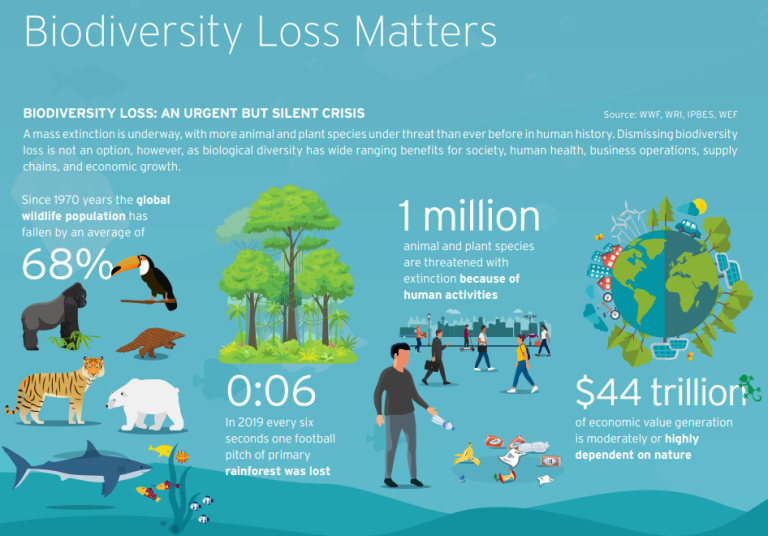As summer intensifies in Europe, farmers face both opportunities and climate-related challenges. Implementing sustainable agricultural practices in June is key to building resilience, conserving resources, and supporting the Fit for 55 climate goals.
1. Water-efficient irrigation
With droughts becoming more frequent, efficient water use is vital. Drip irrigation systems can reduce water usage by up to 60% compared to traditional sprinklers. Subsurface irrigation and rainwater harvesting can also be implemented. For example, a vineyard in southern France reported 35% higher grape yields after switching to smart drip systems combined with soil moisture sensors.
Efficient water use supports sustainable land management, a core area under Fit for 55’s agricultural transformation strategies.
2. Soil health and conservation
Healthy soil not only improves yields but also stores carbon and reduces erosion. Avoiding over-tilling preserves soil structure and biodiversity. Cover cropping (e.g., planting clover, rye, or vetch during off-seasons) adds nitrogen to the soil and prevents erosion. Composting and crop rotation further support soil health.
Improved soil practices contribute to carbon sequestration, a key mechanism for achieving emission reduction targets.
3. Boosting biodiversity
Encouraging pollinators by planting wildflowers or maintaining hedgerows can increase crop resilience and yield. The UK’s Centre for Ecology & Hydrology found that farms with wildflower strips experienced a 20% rise in pollination and natural pest control.

Other methods include agroforestry (integrating trees with crops), maintaining natural ponds, and using organic pesticides to reduce harm to beneficial insects.
Biodiverse systems are more resilient to climate change and support ecosystem services central to sustainable farming, as envisioned in the EU Green Deal.

Source: The Alarming Reality of Current Biodiversity Loss linkedIN blogpost by Amardeep Barhan
4. Renewable energy on farms
Installing solar panels, wind turbines, or biogas systems can reduce operational costs and emissions. For example, a small dairy farm in Austria saved over €6,000 annually by switching to solar energy for milking equipment and lighting. Manure can be processed into biogas to produce heat and electricity, reducing methane emissions.
Renewable energy use on farms directly reduces carbon emissions and aligns with EU efforts to decarbonize energy consumption.
5. Community and knowledge sharing
Participate in EU-funded advisory networks and demonstration farms that offer training on sustainable methods. The EU Agricultural Knowledge and Innovation System (AKIS) connects farmers with researchers and best practices.
This collaborative knowledge exchange accelerates climate adaptation in agriculture, an essential pillar in achieving Fit for 55’s long-term resilience goals.




